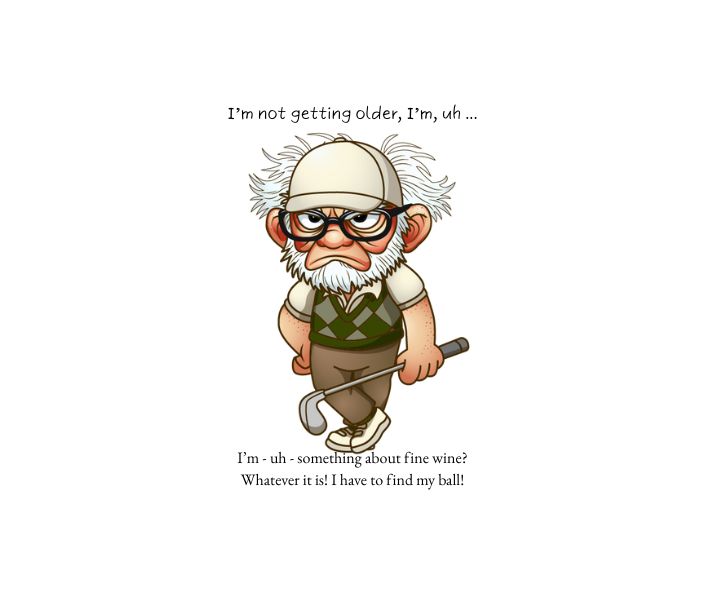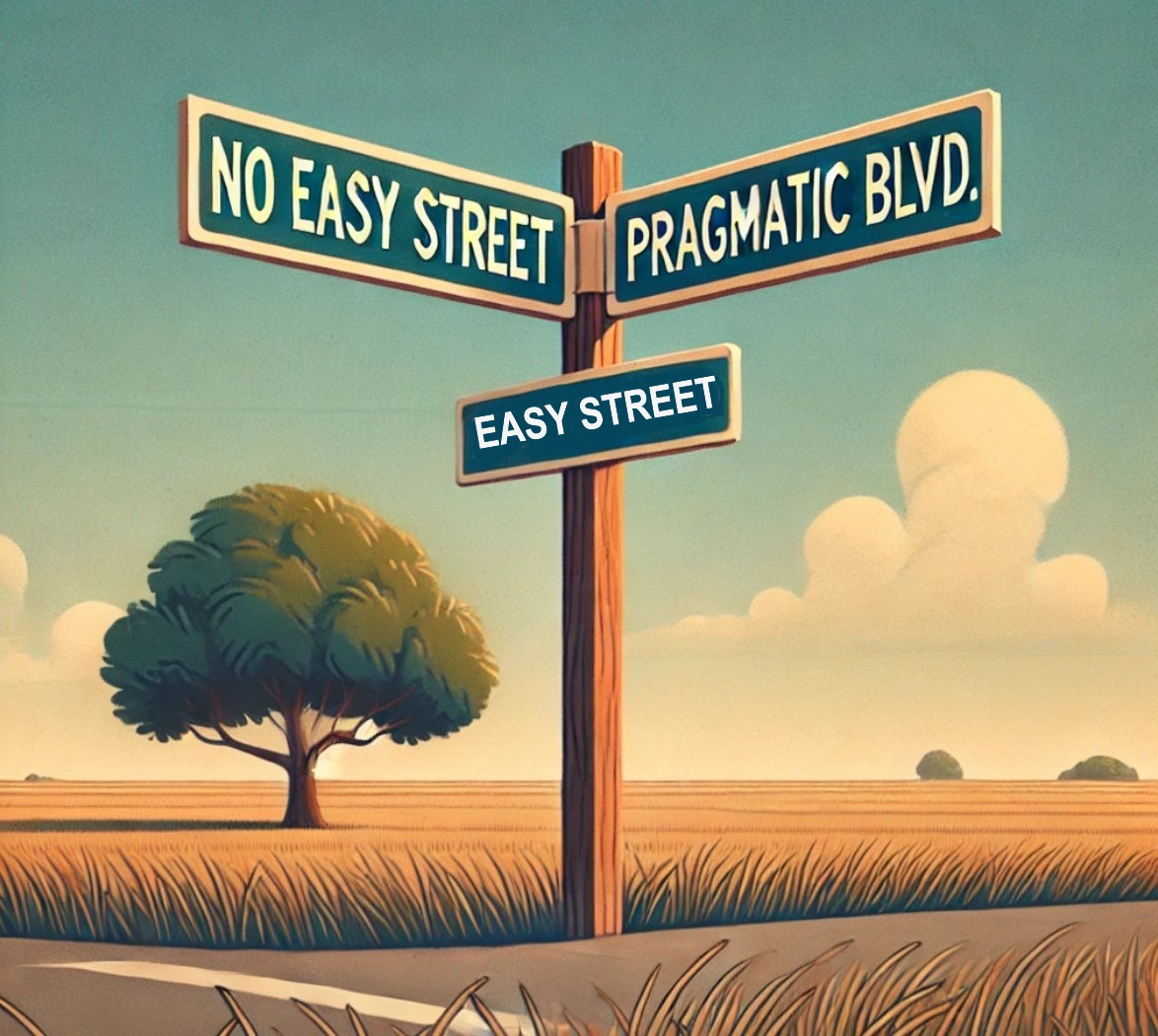Maintaining Health As We Age
Hey! You’re Retired…Sit back, relax, take it easy!
Isn’t that what everyone expects or the “Golden Years?”
However, the sad but happy fact of it is that, thanks to medical advancements, people are now living longer than they ever have. But, the question is, what is their quality of life?
When you begin to research staying as healthy as possible you will find a countless number of experts who will sell you their books and offer their ideas, but do we really need and expert?
Looking up, “What Do We Know About Healthy Aging,” The National Institute On Aging offers this thought:
Many factors influence healthy aging. Some of these, such as genetics, are not in our control. Others — like exercise, a healthy diet, going to the doctor regularly, and taking care of our mental health — are within our reach.
That all sounds pretty simple, does it not?
The First Steps: Evaluation
If you are like most retirees, your body says you’re old, but your mind says you can still run a mile if you need to. Well, whereas that ‘may’ be true, the chances are, it’s just a trick of the mind.
Whereas the Universal Athletic Club strongly encourages things like:
- Walking
- Cycling
- Swimming
- Resistance training
- Balance
- Agility
- Mobility
- Coordination
- Reaction time training.
Before beginning any exercise regimen, the first thing you should do is get a thorough health exam to ensure that there are no mitigating factors that will require limited types or time limits of physical activity.
Once you have the assurance of your physical condition, the UAC suggests:
- Commit to three months of regular exercise. When starting out, prepare your mind that you are going to adopt this new habit for 12 weeks and stick with it. Set a goal to be as consistent as possible. Believe it or not, by week 12, you will notice some differences in your quality of sleep, energy levels, overall mood, and an increase in stamina.
- Aim for 30 minutes of exercise on five or more days of the week (or 150 total minutes of moderate-intensity physical activity). What does moderate-intensity mean? It is an exercise intensity that is hard enough to break a sweat, but you could still carry on a conversation with your walking partner. You could break it into two 15-minute bouts per day, depending on your schedule.
- Diversify your exercise routine types. Studies indicate that a combination of aerobic exercise, resistance training (2-3x/week), flexibility/mobility training and balance exercises yield the biggest benefits to one’s health and well-being. Focus on one area to begin the first few weeks, possibly aerobic exercise such as walking.
Once You Determined Your Routine, Then What?
Logically speaking: HAVING THE DETERMINATION TO GET STARTED!
For me, the getting started part was the most difficult! Every day I looked at the lonesome treadmill sitting in the corner.
I can stack bins and boxes on it, I can hang clothes on it. Oh, and it’s great for when it take my jacket off, I just throw it over controls. It’s like having another closet!
Or how about my dusty rowing machine crying out:
Please take me out of this dark storage room and use me!
It takes a HUGE amount of determination to say to yourself: “All you have to do is get off the sofa, back away from the desk, and get out of bed a little earlier!”
Complacency is nothing more than a bad habit, like smoking, and trying to change that take motivation led me to post this on my Facebook page:
Do I Need A Bunch Of Equipment
The answer to that is a plain and simple: NO! There are more ways to stay fit and healthy than there are snacks in a grocery store.
If you are already retired and on Medicare, check with your HEALTH INSURER. Many, actually most, offer some sort of paid-for membership like, SILVER SNEAKERS.
Check Your Eligibility — With SilverSneakers®, you’re free to move. Check your eligibility online in seconds. Available at no cost for adults 65 and older through select Medicare plans. Online Classes. Free Eligibility Check. Designed for Seniors. Over 15K Gym Locations. Sign Up Today.
If this doesn’t suit you, there is always a sidewalk to walk on, hiking trails, bicycle riding. All depending, of course, on you current health condition. The important thing is to build and maintain a regular program for fitness.
A study of adults 40 and older found that taking 8,000 steps or more per day, compared to only taking 4,000 steps, was associated with a 51% lower risk of death from all causes. You can increase the number of steps you get each day by doing activities that keep your body moving, such as gardening, walking the dog, and taking the stairs instead of the elevator.
Maintaining Strength And Health
According to the National Institute on Aging: … how to slow or prevent age-related declines in physical health involves:
- Staying active (i.e., regular exercise in whichever form your physical condition will safely permit)
- Making healthy food choices
- Getting enough sleep
- Limiting your alcohol intake
- Proactively managing your health care. (i.e., regular checkups)
Small changes in each of these areas can go a long way to support healthy aging.
The Sad Fact Remains
Those of us who live long enough may one day be unable to care for ourselves. THIS … alone, should be enough impetus to want to remain as healthy as possible, for as long as possible.
Therefore, I strongly recommend reading:

Conclusion
Maintaining health as we age isn’t about striving for perfection but about making meaningful, sustainable changes that improve our quality of life, which can be accomplished through exercise, nutrition, or mental well-being.
To me, aging is the worst disease that humanity faces, but the ability to influence our health remains largely within our grasp.
By staying active, embracing healthy habits, and nurturing our bodies and minds, we can enjoy more vibrant, independent lives as we move toward those final hours.
Remember, the effort you put into your health today is an investment in your tomorrow. Even small steps, like a daily walk or better meal choices, can lead to significant benefits over time.
So, let’s commit to staying strong, staying active, and staying engaged with life—for ourselves and for those we love.
If we’re striving to live longer, then let’s live better!
Share This Story:
Leave A Comment
You must be logged in to post a comment.













